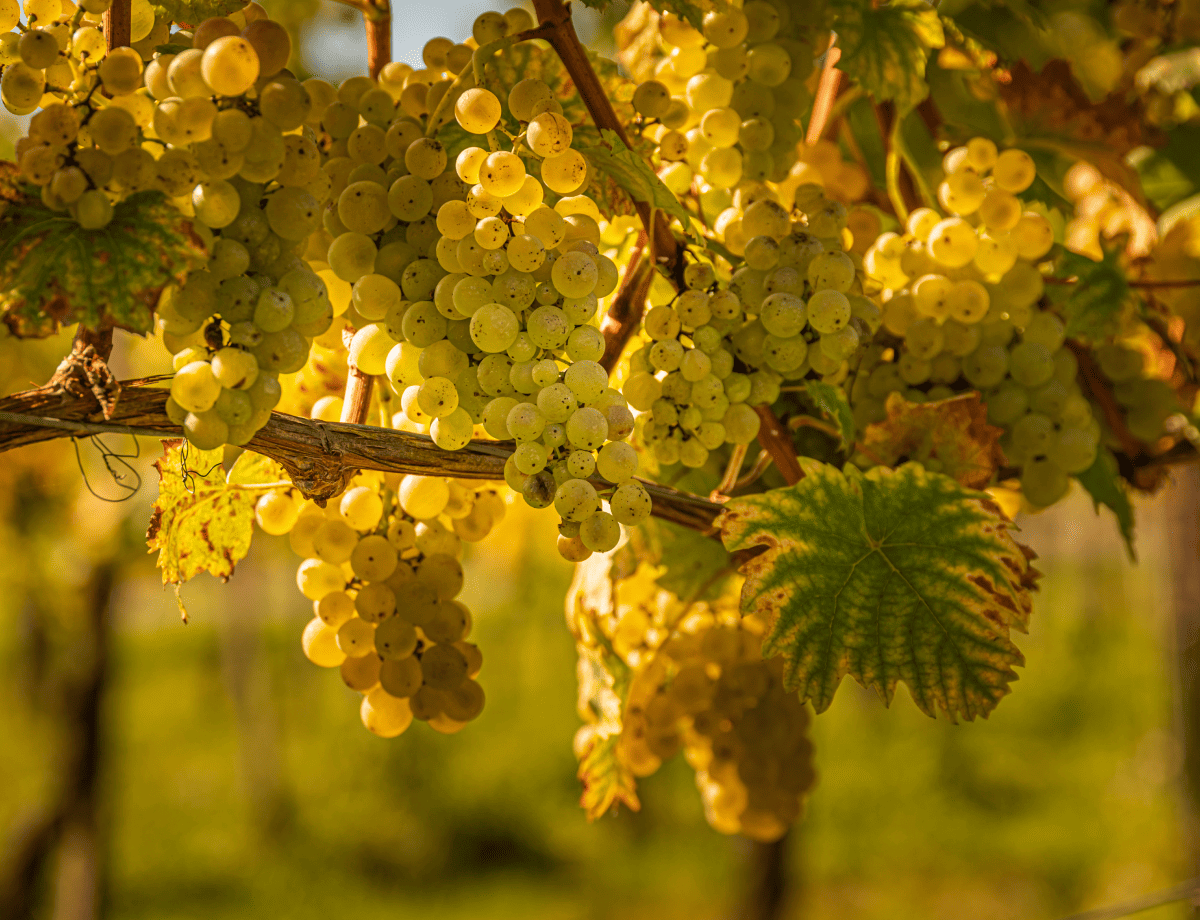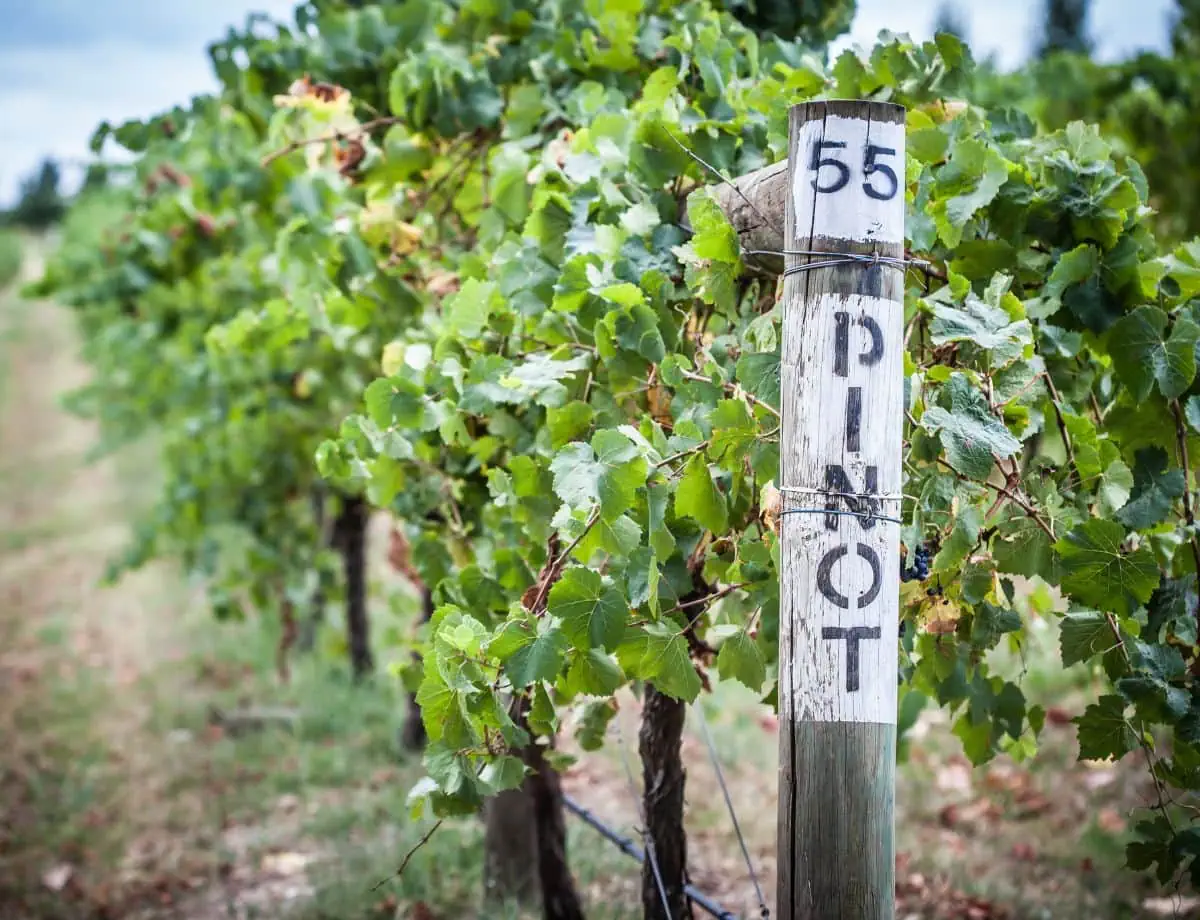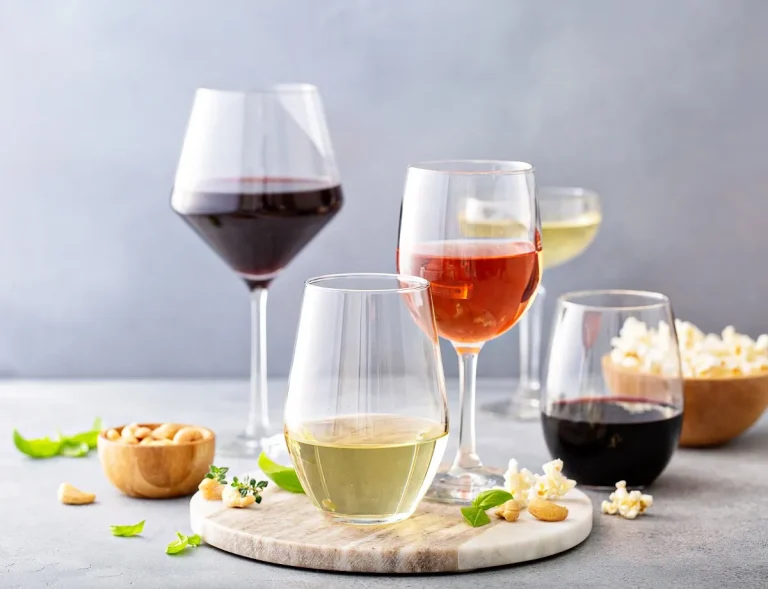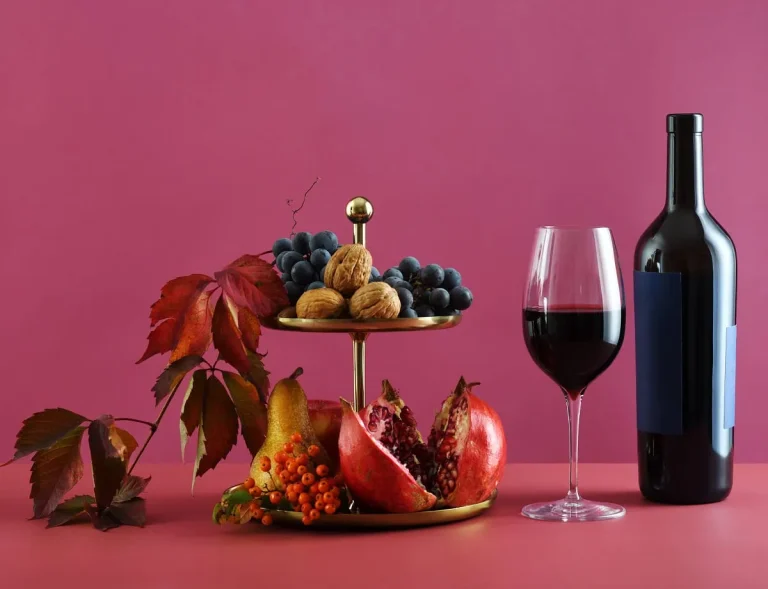Dry wines are characterised by having little residual sugar left over after fermentation, usually less than 7 grams per litre. Various red and white grape varieties are used to produce these wines. Some well-known dry red grape options include Cabernet Sauvignon, Merlot, Pinot Noir, and Syrah/Shiraz. Sauvignon Blanc, Pinot Grigio, Chardonnay, and Riesling are popular choices among dry white wines.
Winemaking is a mix of art, science, and passion, with grapes playing the most important role. Dry wine grapes are special in the world of wine, loved for creating wines that are full of flavour, well-balanced, and versatile.
This guide will walk you through everything you need to know about dry wine grapes, including the types used to make red and white wines and the natural processes that affect their dryness and sugar levels.
What Are Dry Wine Grapes?
Before we start, let’s explain what “dry” means when it comes to wine. A dry wine is one that has little to no leftover sugar. This happens during fermentation, where the yeast eats most or all of the sugars in the grape juice and turns them into alcohol.
Dry wine grapes are the types of grapes best for making dry wines. These grapes usually have the right mix of acidity, moderate sugar levels, and the ability to create rich, complex flavours without needing sweetness.
Want to know more? Take a look at our guide on what is dry wine to learn how to define it and refine your wine-tasting skills.

Dry Red Wine Grapes
Red wines are loved for their rich flavours, complexity, and variety. Different grape types are used to make dry red wines, and each brings its own unique taste and qualities.
| Grape | Description |
|---|---|
| Cabernet Sauvignon | Often called the “king of red wine grapes”, Cabernet Sauvignon is a top choice for dry reds. Its thick skin and late ripening give it high tannin levels, which create bold flavours like blackcurrant, cedar, and a touch of green bell pepper. These wines are often savoury, well-balanced, and age beautifully. |
| Merlot | Merlot is a flexible grape that has softer tannins compared to Cabernet Sauvignon, making its wines smoother and easier to drink. A dry Merlot tastes like plum, cherry, and chocolate, and is perfect for those who enjoy medium-bodied wines. |
| Pinot Noir | Pinot Noir is known for its light body and delicate flavours. It thrives in cooler regions, producing wines with notes of raspberry, red cherry, mushroom, and hints of flowers. These elegant wines are easy to pair with food and are very refined. |
| Syrah/Shiraz | This grape is called Syrah in France and Shiraz in Australia, but both make full-bodied, flavourful wines. Syrah/Shiraz wines often taste like blackberry, pepper, and spices. Australian Shiraz is especially famous for its bold, fruity intensity. |
Dry White Wine Grapes
Dry white wines are light, crisp, and refreshing. They’re less rich and heavy than red wines, making them a popular choice for many. Their unique flavours come from the types of grapes used and how the wine is made by winemakers.
| Grape | Description |
|---|---|
| Chardonnay | Chardonnay is one of the most well-known white wine grapes. It’s loved because it can be made in different ways. A dry Chardonnay can taste light and citrusy if it’s not aged in oak barrels, or rich and creamy with flavours like butter and vanilla if it is oak-aged. |
| Sauvignon Blanc | Sauvignon Blanc is a refreshing and bright dry white wine. It has a sharp acidity and fresh, green aromas. You’ll often taste lime, green apple, or gooseberry. It’s grown in places like New Zealand and France’s Loire Valley and is perfect if you like a crisp, aromatic wine. |
| Riesling (Dry Style) | Many people think Riesling is always sweet, but it’s often made in a very dry style. These dry Rieslings are common in Germany’s Alsace region and Australia’s Clare Valley. They have a lively acidity and flavours like lemon, green apple, and even a hint of minerals. |
| Pinot Grigio | Pinot Grigio (also called Pinot Gris) is a light and easy-drinking dry white wine with flavours of pear, melon, and lemon zest. It’s especially popular in Italy and pairs wonderfully with seafood and light dishes like salads. |
Naturally Dry Grapes vs High-Sugar Grapes
When talking about dry wines, it’s helpful to think about the type of grapes being used. Some grapes are naturally less sugary, which makes them great for dry wines, while others have more sugar and are often used for sweeter options.
Naturally Dry Grapes
Certain grape varieties are naturally better for making dry wines because they have lower sugar content and higher acidity. These grapes are often grown in cooler climates, where they ripen more slowly. This slower process allows the acidity to stay high while sugars develop gradually. Examples include Sauvignon Blanc and Pinot Noir, which are known for producing wines that are fresh and well-balanced.
High-Sugar Grapes
Grapes with higher natural sugar usually grow in warmer climates, where more sun makes the sugars in grapes build up faster. These grapes are often used to make sweet or fortified wines, but skilled winemakers can still make dry wines by letting fermentation fully use up all the sugar. Varieties like Zinfandel and Riesling can be made into dry wines when carefully managed during winemaking.
Climate, Terroir, and Their Effect on Dryness
The climate and soil (also known as terroir) where grapes are grown have a big impact on whether the wine ends up dry or sweet. Warm regions like Australia’s Barossa Valley often produce grapes that are very ripe and full of sugar. In contrast, cooler areas like Burgundy in France help grapes retain more acidity, which is perfect for making crisp, dry wines. Both the climate and the grape variety work together to shape the final taste of the wine.
Finding the Perfect Dry Wine for You
Do you enjoy bold, tannic reds? Try a Cabernet Sauvignon or Shiraz. Prefer zesty whites? A Sauvignon Blanc or dry Riesling will suit your palate. For a balanced experience, look for wines crafted with attention to terroir and winemaking techniques, as these factors often elevate the flavour complexity of dry wines.
Dry Wine Grapes: Delight Your Senses
Think about all the skill and care that goes into turning dry wine grapes into a great bottle of wine. Your next wine tasting adventure is just around the corner. Here’s to finding wines that delight your senses and help you learn more about this timeless craft.
If you want to dive deeper and understand what makes a wine dry, check out our detailed guide that explores the factors behind wine dryness and how it influences flavour and style.



